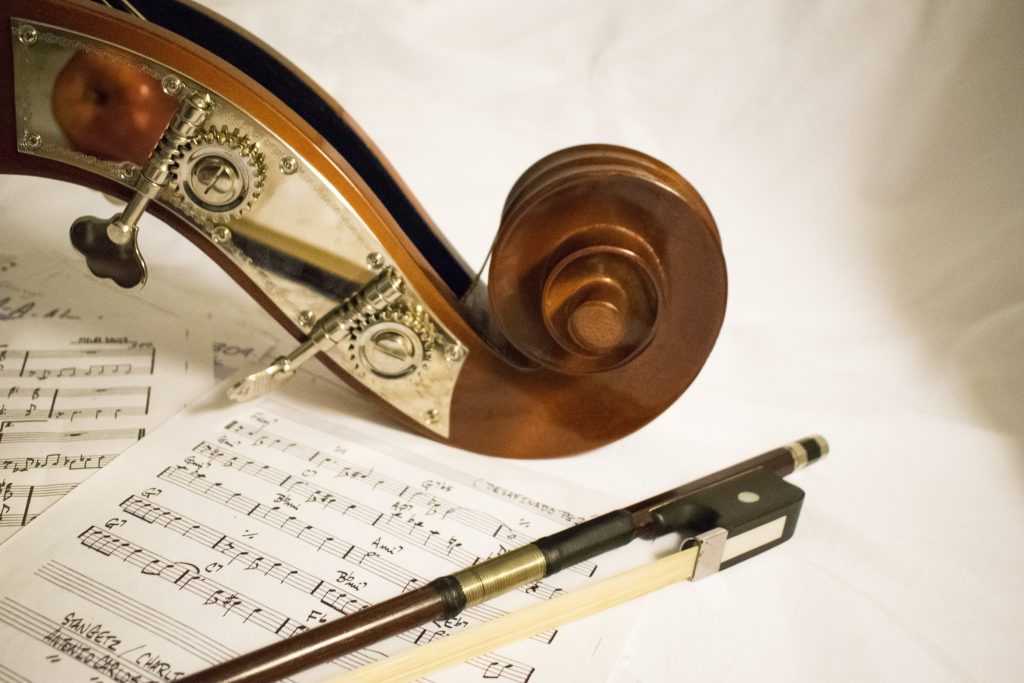
In plays and films, music has a special capacity to accentuate certain scenes and emote certain people. Investigation into the crucial function that music plays in elevating the theatrical or film experience is warranted. An in-depth discussion of how music enhances the power of images and narrative will be provided in this piece, giving viewers a more engaging and lasting experience.
- Setting the Mood and Atmosphere
- Enhancing Narrative and Character Development
- Creating Emotional Resonance
- Establishing Transitions and Rhythmic Flow
- Adding Depth and Subtext

Setting the tone and ambiance of a scene or production is one of music’s main purposes in movies and theater. Composers can create an emotional background that enhances the images and dialogue on television or stage by carefully choosing melodies, harmonies, and orchestration. In a thriller movie, for instance, an ominous tune and spooky strings can immediately evoke a sense of dread and tension. In the same way, a happy and lively musical number can raise the intensity and passion of a play. Music sets the tone for the audience’s emotional journey through the show by creating the perfect environment and mood.
In plays and movies, music can forward the plot and aid in the character development of the actors. Composers might reveal details about a character’s personality, feelings, or past by using leitmotifs, which are recurrent musical themes connected to certain personalities or ideas. For example, the famous “Imperial March” from the Star Wars saga immediately conjures up images of Darth Vader, symbolizing his might and menace. This melodic theme has come to represent the character and gives his representation more nuance. Composers can enhance the tale and provide the audience with a more engaging experience by including these kinds of musical elements.
There is no denying that music has the power to stir up feelings in listeners and inspire strong emotional reactions. Filmmakers and theater directors can enhance the emotional effect of a scene by strategically placing musical cues at key points. A soaring orchestral score or a moving song can arouse emotions such as anxiety, excitement, joy, or melancholy. These affective cues have the power to increase audience participation and leave a lasting effect. Furthermore, music has the power to deeply link an audience by bridging the gap between their logical comprehension of a scene and their emotional response to it.

When it comes to creating scene changes and preserving a steady rhythmic flow, music is an essential component of both theater and film. It facilitates the smooth transition between various situations, mitigating any sudden changes or shifts. For instance, a well-written musical soundtrack can offer a unifying theme that connects the scenes and preserves a feeling of continuity in a film montage that shows the passage of time. Similar to this, music can act as a link between scenes in a play, facilitating seamless transitions and preserving the action’s flow.
The use of music in plays and movies can enhance the narrative by providing nuance and meaning. Composers can portray underlying ideas, symbols, or subtext that might not be directly expressed through conversation or pictures alone by using musical motifs, subliminal clues, or even silence. A film’s recurrent musical motif, for example, may symbolize a character’s inner conflict or a secret truth, giving the story additional depth. This musical underlay adds another level of complexity and refinement to the viewing experience by improving audience comprehension and involvement.


